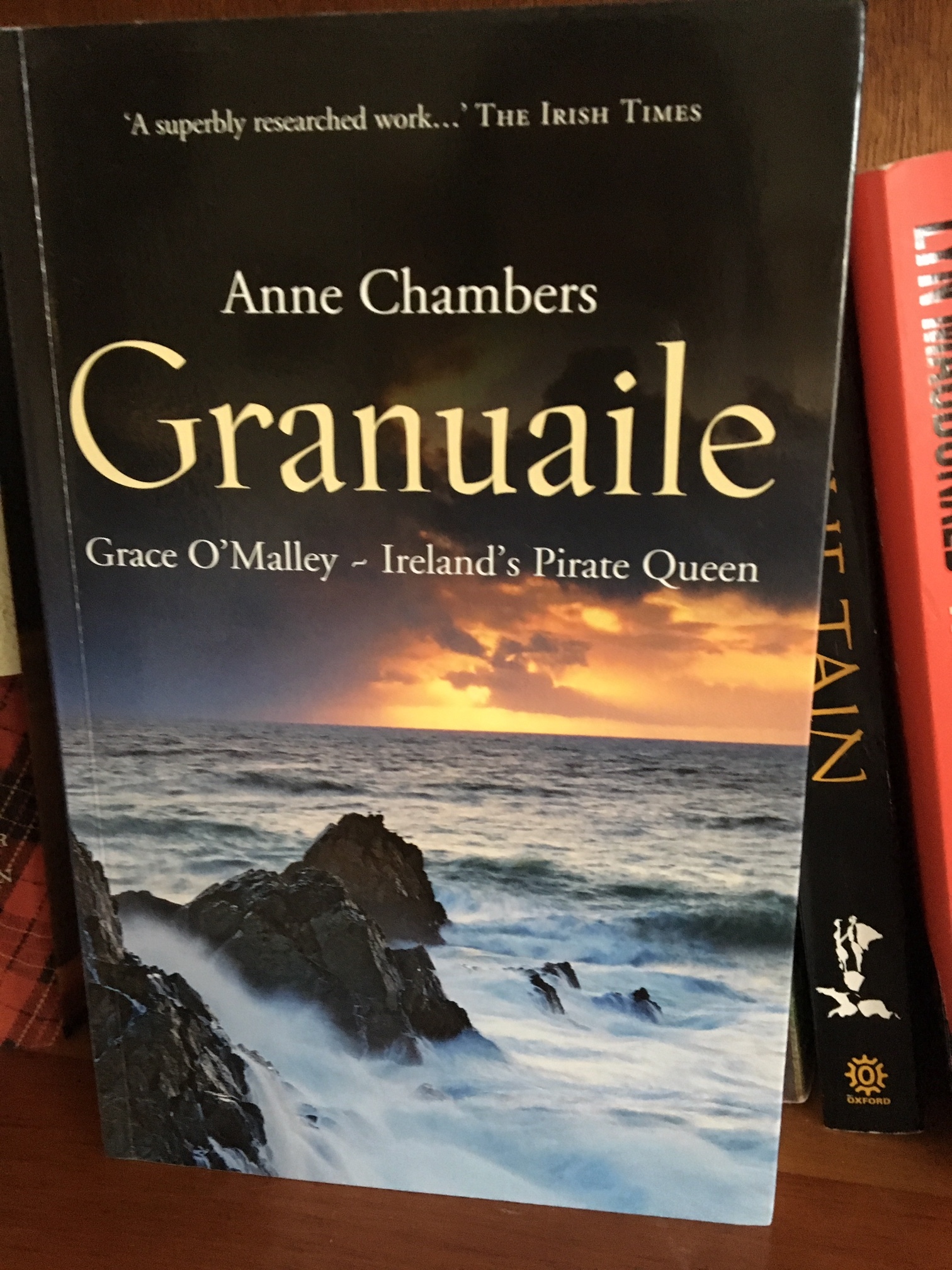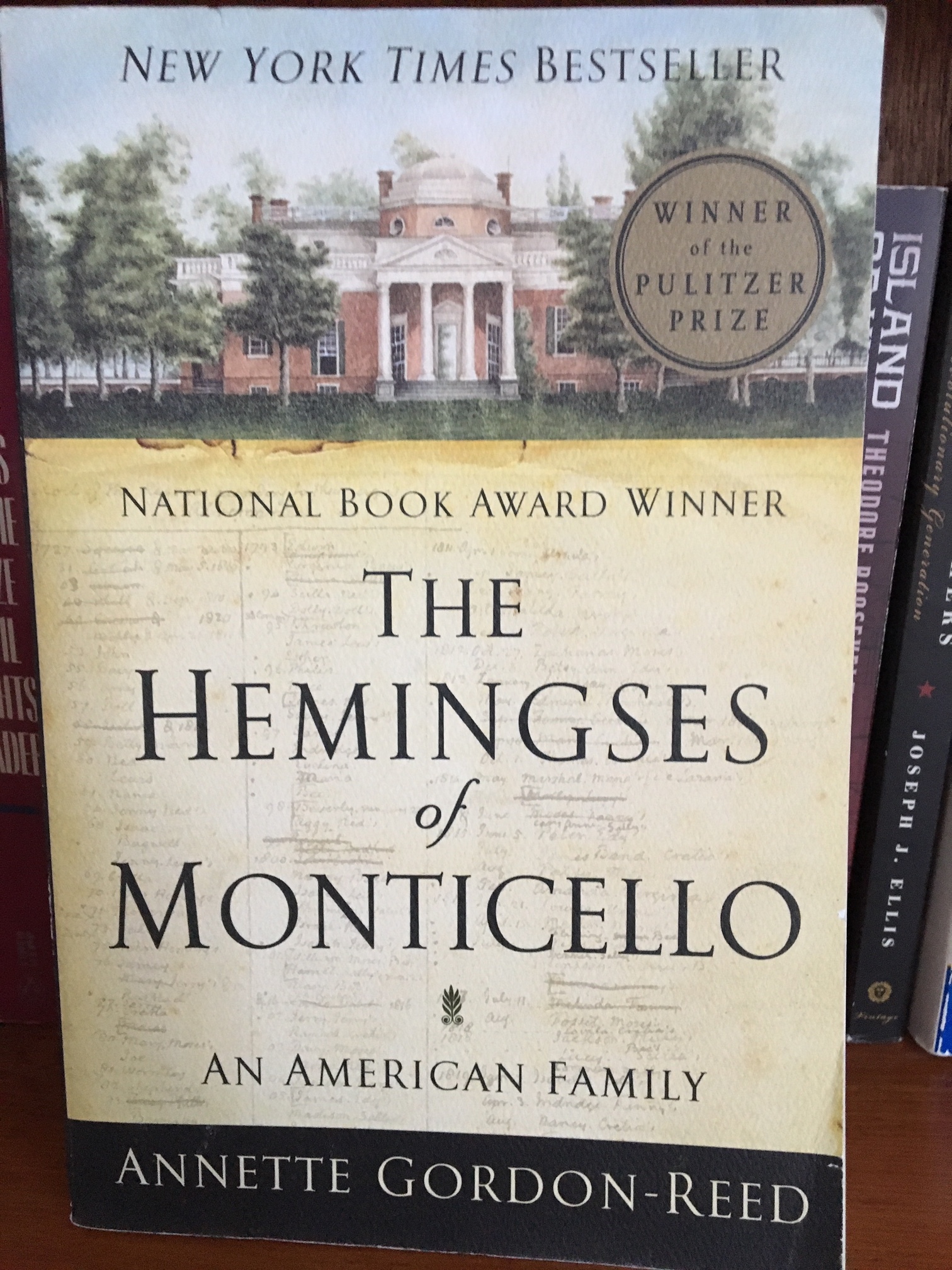The best books I read this month (yes, books—plural) were two books by Native American author Rebecca Roanhorse. The books—Trail of Lightning and Storm of Locusts—are the first two of Roanhorse’s four-book Sixth World series.
The series is set in the future, after climate change and other disasters have destroyed life as we know it in North America. The disasters have left the Navajo Reservation (Dinetah) isolated and independent—and awakened Navajo gods and monsters. It is Maggie Hoskin’s job to deal with them.
In the first book, Maggie reluctantly teams up with a medicine man’s grandson to track the source of a zombie outbreak. In the second, she and her small guerrilla group set off to rescue the grandson when he is taken off the reservation by a doomsday cult. The world-building in both books is excellent. Trauma is a continuous theme across both books, and I expect it will be throughout the series. In Trail of Lightning, there is a clear sense of how desperate life is on the reservation. In Storm of Locusts, the world widens a bit and we start to get a sense of how broken civilization is outside Dinetah.
Throughout, the world is steeped in Navajo lore—and that’s what I liked the most about these books. This isn’t fantasy with fairies and dragons and elves and other elements reminiscent of medieval Europe. This is fantasy with Navajo gods and demi-gods, a world in which trauma awakens people’s clan powers. (Maggie’s powers are killing and speed; the grandson’s are healing and persuasion.) And even with the presence of gods and demi-gods, there is no deus ex machina. Maggie and her fellow human beings are on their own, more pawns and playthings of the deities than protectees.
There is no title or release date for Book 3 in the series yet, but I’m already eager to read it. Roanhorse can’t write it fast enough!












